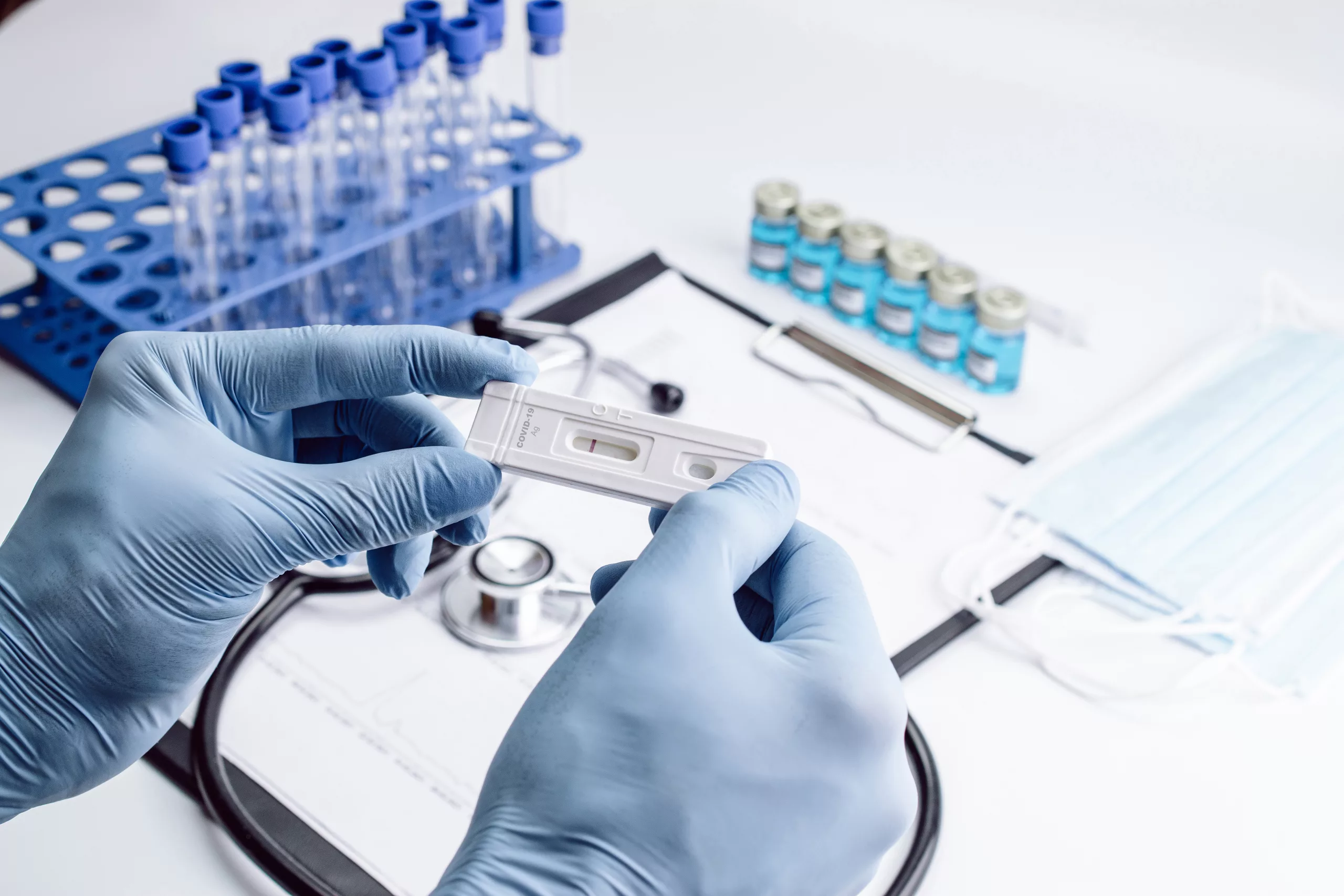An in vitro diagnostic product (IVD) that is designed/manufactured/used within a single clinical laboratory is known as a Lab Developed Test (LDT). Common uses of LDTs include analysis of human specimens, such as blood or saliva, to detect certain substances or identify specific health markers. The laboratory that utilizes LDTs must be certified under CLIA to perform high complexity testing. Historically, the FDA has exercised enforcement discretion when it came to LDTs, meaning that although these products are IVDs (medical devices), the FDA chose not to enforce applicable requirements on them.[1]
Last week, the FDA announced a new proposed rule that seeks to amend its regulations specifically around LDTs. This amendment would provider greater agency oversight of LDTs via a phaseout of its enforcement discretion approach. So, what does this mean for laboratories that develop, manufacture, and use these types of devices?
Under this new amendment, certain types of LDTs would require premarket clearance or approval, so a PMA or 510k submission will be necessary if the LDT falls into Class III or II. Additionally, compliance with applicable GMPs under 21 CFR 820 and specific labeling requirements will be enforced. In general, laboratories who make and use LDTs will be responsible for the same regulatory requirements as medical device manufacturers, even if they are CLIA compliant.
While this may seem like a daunting approach, the FDA has a general phaseout scheme it will follow to allow labs time to transition and gain market approval or clearance as applicable. Additionally, the FDA cites in the proposed rule that this amendment seeks to address the public health disparity that has been impacted by this enforcement discretion. Specifically, the enforcement discretion has de-incentivized compliant manufacturers from developing their own LDTs, since the approach only applied to CLIA labs and not general manufacturers. By evening the playing field, so to speak, it opens the opportunities for patients to have access to different types of LDTs developed by many different firms.[2]
This new approach to regulating LDTs has come a long way from the 1970s and 1980s when the Medical Device Amendments (MDA) amended the FD&C Act. The MDA was the introduction of regulation for medical devices, but it was during this time that the FDA determined that LDTs could be regulated under enforcement discretion. Since then, technology has advanced, and LDTs have become more complicated and more critical to public health.
If you are a lab looking for support with your LDT, EMMA International can help! Contact us today at 248-987-4497 or email info@emmainternational.com to speak with one of our experts.
[1] FDA (Sep 2023) Laboratory Developed Tests retrieved on 9/30/2023 from: https://www.fda.gov/medical-devices/in-vitro-diagnostics/laboratory-developed-tests#oversight
[2] FDA (Sep 2023) 21 CFR 809, Docket No. FDA-2023-N-2177 RIN 0910-AI85 retrieved on 09/30/2023 from: https://public-inspection.federalregister.gov/2023-21662.pdf





